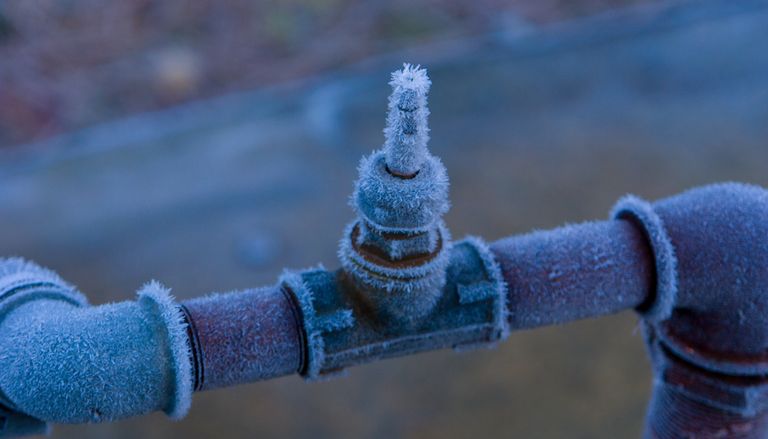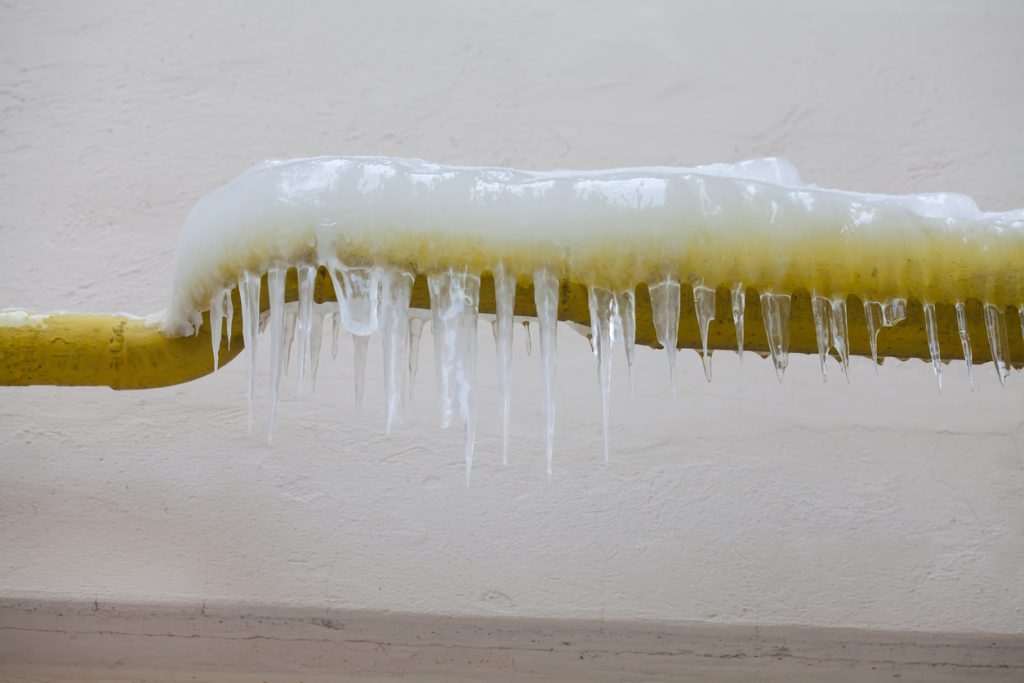What're your thoughts about Prevent Frozen Pipes ?

Winter can ruin your plumbing, specifically by freezing pipelines. Below's how to stop it from taking place and what to do if it does.
Intro
As temperatures drop, the threat of icy pipelines rises, potentially resulting in pricey repairs and water damage. Recognizing just how to stop frozen pipes is crucial for property owners in chilly environments.
Understanding Frozen Pipelines
What causes pipes to freeze?
Pipes ice up when revealed to temperature levels below 32 ° F (0 ° C) for prolonged durations. As water inside the pipelines freezes, it increases, putting pressure on the pipe walls and potentially causing them to break.
Risks and damages
Icy pipelines can cause water system interruptions, residential property damage, and expensive repairs. Burst pipelines can flooding homes and cause extensive architectural damage.
Indications of Frozen Water Lines
Determining icy pipelines early can prevent them from breaking.
Just how to identify icy pipes
Look for reduced water flow from faucets, uncommon odors or sounds from pipes, and visible frost on revealed pipelines.
Prevention Tips
Insulating at risk pipes
Cover pipelines in insulation sleeves or make use of heat tape to safeguard them from freezing temperature levels. Focus on pipes in unheated or external locations of the home.
Heating strategies
Keep interior rooms sufficiently warmed, specifically areas with plumbing. Open cupboard doors to permit cozy air to circulate around pipelines under sinks.
Protecting Outside Plumbing
Yard tubes and exterior taps
Separate and drain pipes garden tubes prior to wintertime. Set up frost-proof faucets or cover outdoor faucets with protected caps.
What to Do If Your Pipes Freeze
Immediate activities to take
If you believe icy pipelines, keep faucets open to relieve stress as the ice thaws. Make use of a hairdryer or towels soaked in warm water to thaw pipes gradually.
Long-Term Solutions
Architectural changes
Take into consideration rerouting pipelines away from outside wall surfaces or unheated areas. Add extra insulation to attic rooms, cellars, and crawl spaces.
Upgrading insulation
Buy premium insulation for pipelines, attic rooms, and wall surfaces. Correct insulation assists maintain constant temperature levels and decreases the risk of frozen pipelines.
Conclusion
Avoiding icy pipelines calls for aggressive procedures and fast reactions. By recognizing the causes, signs, and safety nets, house owners can safeguard their pipes during winter.
5 Ways to Prevent Frozen Pipes
Drain Outdoor Faucets and Disconnect Hoses
First, close the shut-off valve that controls the flow of water in the pipe to your outdoor faucet. Then, head outside to disconnect and drain your hose and open the outdoor faucet to allow the water to completely drain out of the line. Turn off the faucet when done. Finally, head back to the shut-off valve and drain the remaining water inside the pipe into a bucket or container. Additionally, if you have a home irrigation system, you should consider hiring an expert to clear the system of water each year.
Insulate Pipes
One of the best and most cost-effective methods for preventing frozen water pipes is to wrap your pipes with insulation. This is especially important for areas in your home that aren’t exposed to heat, such as an attic. We suggest using foam sleeves, which can typically be found at your local hardware store.
Keep Heat Running at 65
Your pipes are located inside your walls, and the temperature there is much colder than the rest of the house. To prevent your pipes from freezing, The Insurance Information Institute suggests that you keep your home heated to at least 65 degrees, even when traveling. You may want to invest in smart devices that can keep an eye on the temperature in your home while you’re away.
Leave Water Dripping
Moving water — even a small trickle — can prevent ice from forming inside your pipes. When freezing temps are imminent, start a drip of water from all faucets that serve exposed pipes. Leaving a few faucets running will also help relieve pressure inside the pipes and help prevent a rupture if the water inside freezes.
Open Cupboard Doors
Warm your kitchen and bathroom pipes by opening cupboards and vanities. You should also leave your interior doors ajar to help warm air circulate evenly throughout your home.

Do you like reading about How to prepare your home plumbing for winter weather? Post a remark further down. We will be happy to find out your suggestions about this write up. Hoping to see you back again later on. Sharing is nice. Helping people is fun. Thank-you for your time invested reading it.
Top Article